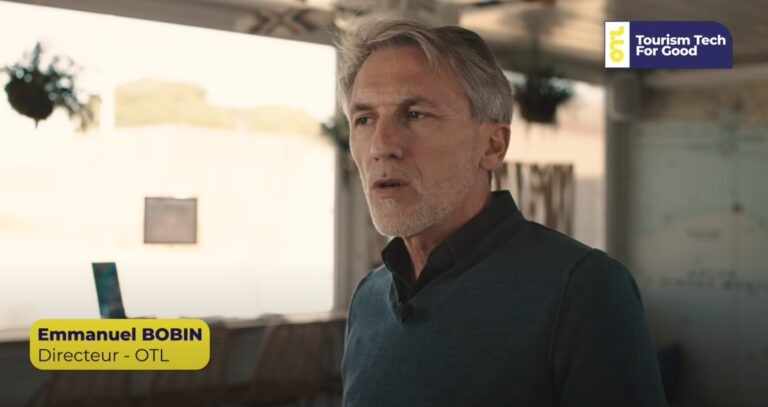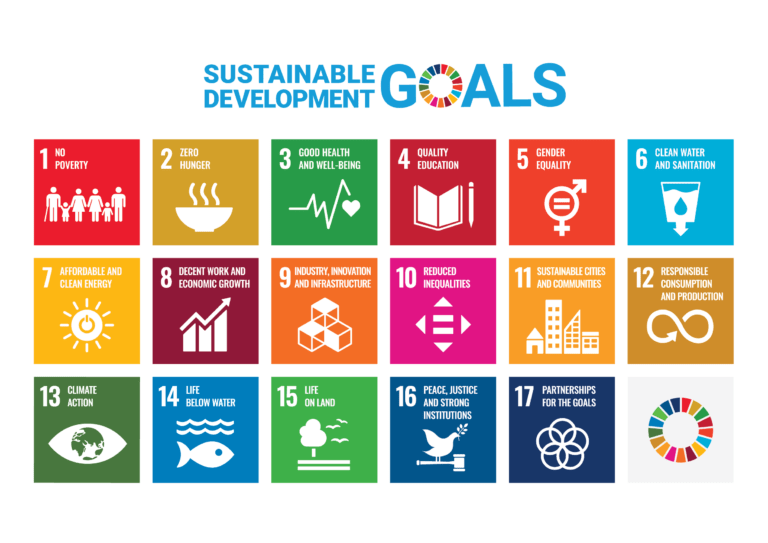
CoolAnt : Le Futur du Refroidissement Naturel et Artistique
Le futur de la climatisation se trouve-t-il dans la terre cuite ? 🏺
Alors que la demande en climatisation explose, une entreprise indienne nous ramène à des solutions ancestrales pour rafraîchir nos villes.
CoolAnt ne se contente pas de refroidir. L’entreprise transforme le refroidissement par évaporation en une forme d’art, en créant des structures en terre cuite qui sont non seulement efficaces, mais aussi magnifiques.
Découvrez comment cette fusion entre tradition, design et durabilité pourrait changer notre façon de vivre et de construire des villes plus fraîches et plus vertes.








